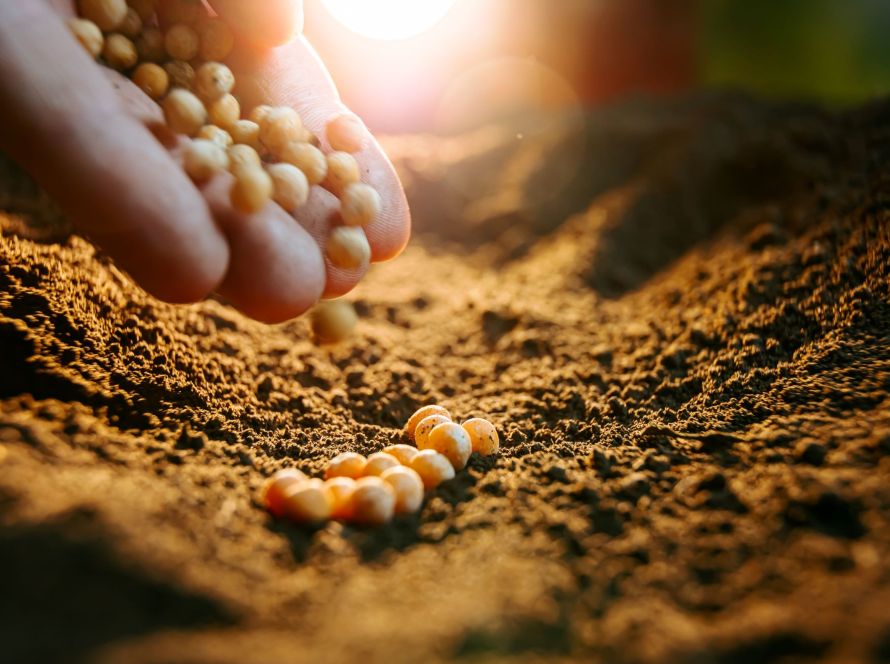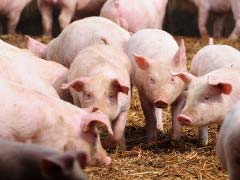For over 30 years, rural producer Maristela Brandelero, from the municipality of Santo Afonso (MT), has dedicated herself to raising quality beef cattle. Opposite Sítio Nova Querência, she transformed a 70-hectare property intended for pasture into sustainable livestock farming with innovation in the field.
Production is based on high-quality genetic cattle with results from almost a decade ago. However, pasture productivity was a challenge on the property, limiting the growth of the herds.
That's when Maristela sought support from the Technical and Management Assistance (ATeG) of the National Rural Learning Service (Senar/MT). The initial diagnosis, carried out in May 2023, pointed to the need for investments in soil fertility, pasture management and animal supplementation.
Celso Manoele, a certified field technician from Senar/MT, explains that opportunities for improving production cost management were observed on the property, especially in the financial area. As a result, a management system was implemented that standardized investments, especially in forage production, with control of indicators such as cost per arroba, cash flow, birth rate and interval between births.
“Based on this, we prioritized the most urgent points, evaluating the need for liming, fertilization, organic matter and soil compaction. We concluded that liming was not yet critical, and, based on the soil analysis, we made the recommendation for fertilization, with emphasis on the use of chicken manure, which, fortunately, brought very positive results, exceeding expectations”, reports Celso.
The improvement in production also had important economic repercussions. With the fall in cattle prices on the domestic market between 2023 and 2024, the ability to retain animals on the property, without the need for forced sales at low prices, avoided losses and ensured financial stability.
“The impact of the changes was significant: in just a year and a half, the farm’s support capacity doubled, going from 1.5 to 2.4 animal units per hectare (AU/ha). The herd, which previously had 120 head, now has 240 well-nourished animals maintained with surplus forage,” says Maristela.
In addition to caring for the land and animals, Maristela stands out for her commitment to the rural community. She shares her learnings with other producers and advocates the importance of conscious resource management, showing that it is possible to grow in the countryside while respecting the environment.
“Sustainable livestock farming is the path to a better future. I believe that producing responsibly, taking care of the soil, water, animals and people around us, is what guarantees not only good results in the present, but also a legacy for future generations,” says Maristela.





